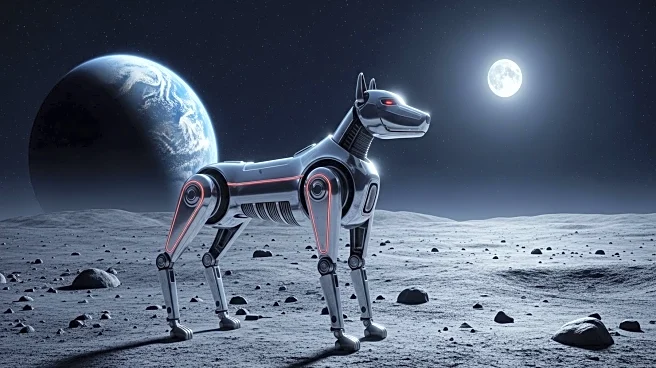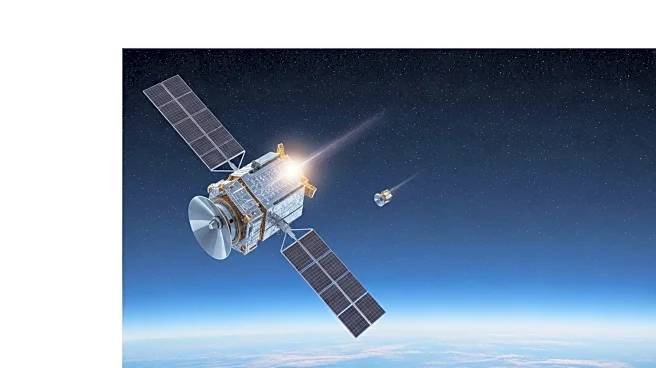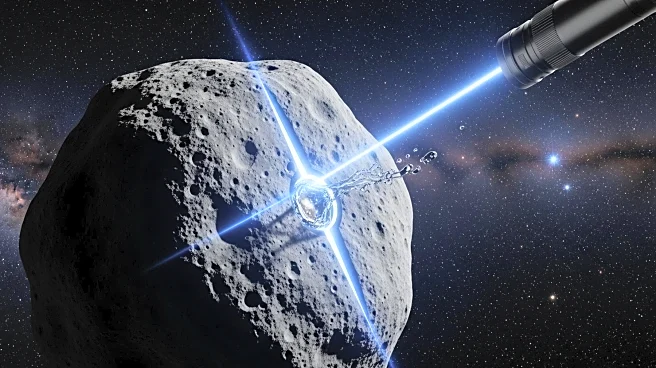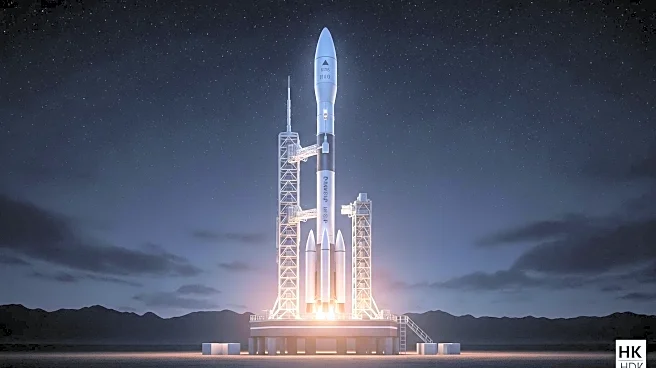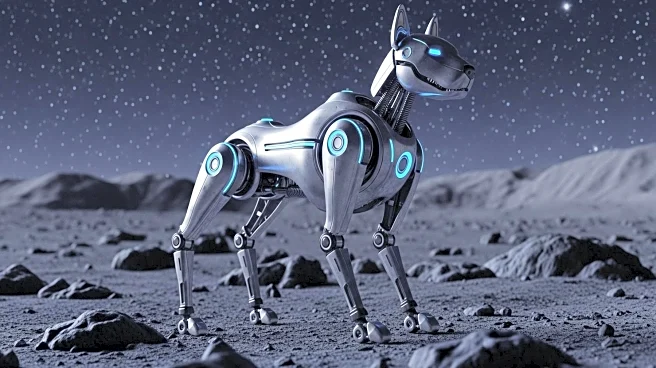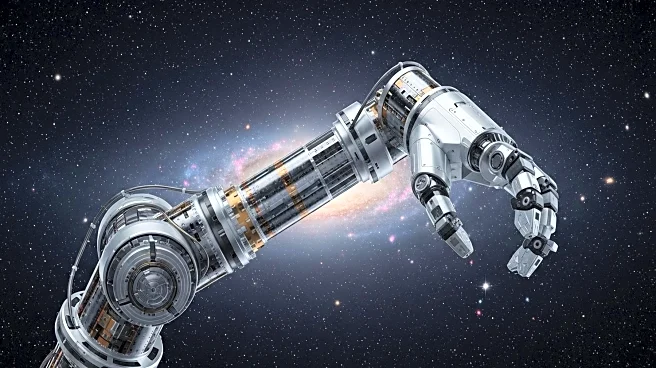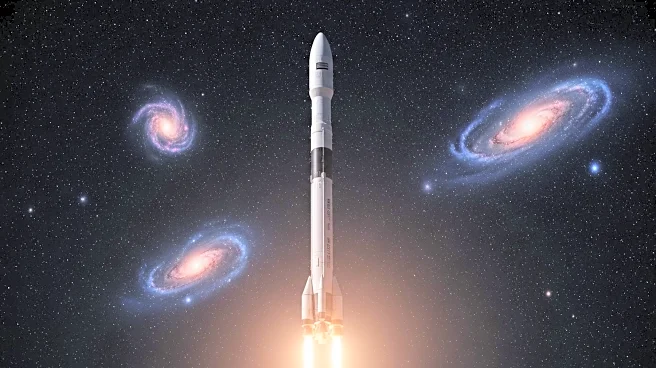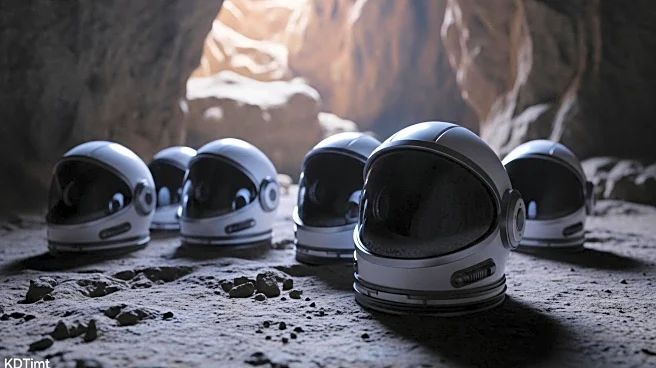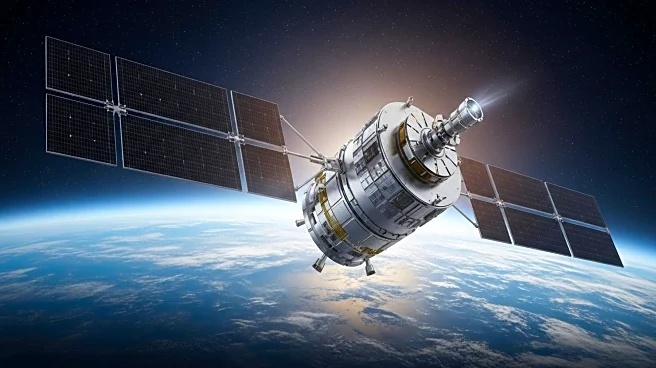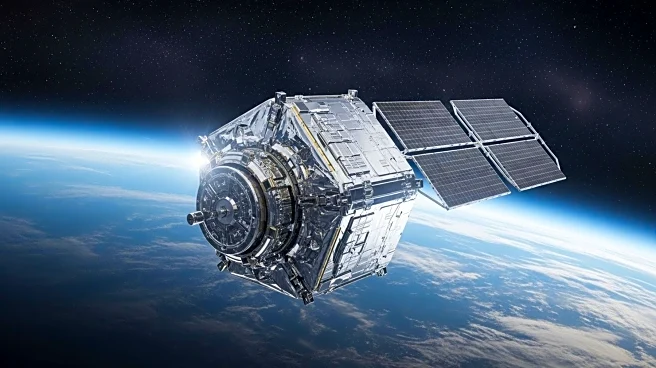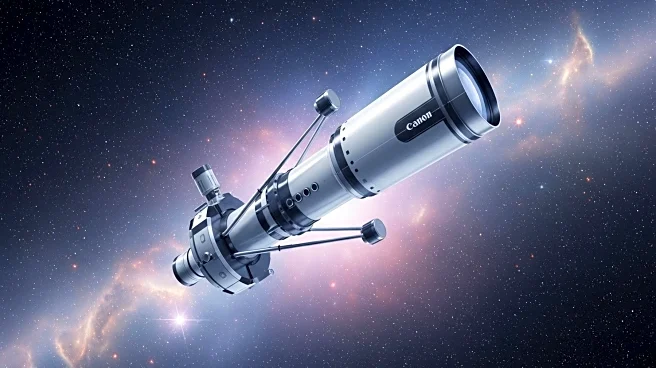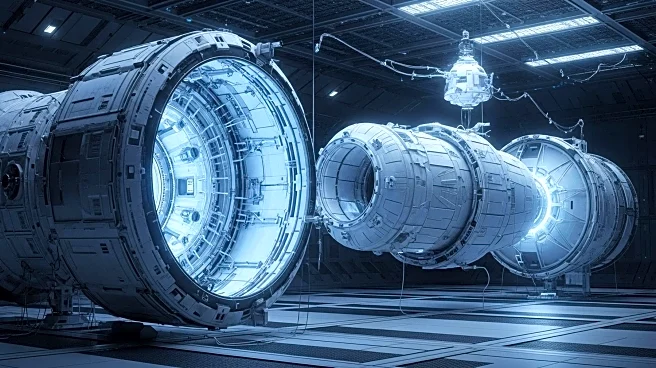What is the story about?
What's Happening?
Chinese researchers from Peking University are advancing space exploration technology by developing robotic dogs designed to explore the moon's lava tubes. These underground tunnels, formed by ancient volcanic activity, are being considered as potential sites for future moon bases due to their natural protection against radiation and micrometeorites. The robotic dogs are equipped with autonomous navigation and obstacle avoidance technologies, allowing them to operate independently in hazardous environments. Testing is currently underway in a cave near Jingbo Lake, China, which mimics the lunar terrain. This initiative highlights the growing role of AI and robotics in space missions, offering new methods for exploring uncharted territories.
Why It's Important?
The development of robotic dogs for lunar exploration represents a significant leap in space technology, with implications for future human activity on the moon. Lunar lava tubes are seen as ideal locations for establishing bases due to their protective features. By utilizing robotic technology, researchers can gather crucial data on these structures, aiding in the planning of sustainable human habitation on the moon. This project underscores a shift towards more autonomous exploration methods, reducing risks associated with human space travel. The success of this initiative could drive further innovation in AI and robotics, benefiting not only space exploration but also other industries.
What's Next?
As testing continues in geosimilar environments, researchers will refine the robotic technology to ensure its effectiveness for lunar missions. The insights gained from these trials will inform future lunar exploration strategies and the potential establishment of moon bases. The international space community is increasingly focused on returning to the moon, and technologies like these robotic dogs will play a crucial role in achieving that goal. The integration of advanced robotics and AI in space exploration may also pave the way for missions to other celestial bodies, such as Mars, where similar challenges exist.
Beyond the Headlines
The use of robotic dogs in lunar exploration highlights ethical and technological dimensions, such as the reliance on AI for autonomous decision-making in space. This development could lead to long-term shifts in how space missions are conducted, emphasizing safety and efficiency. The collaboration between AI and robotics research fields may spur advancements that extend beyond space exploration, impacting industries like manufacturing and healthcare. As these technologies evolve, they may redefine our approach to exploring and understanding the universe.
AI Generated Content
Do you find this article useful?
